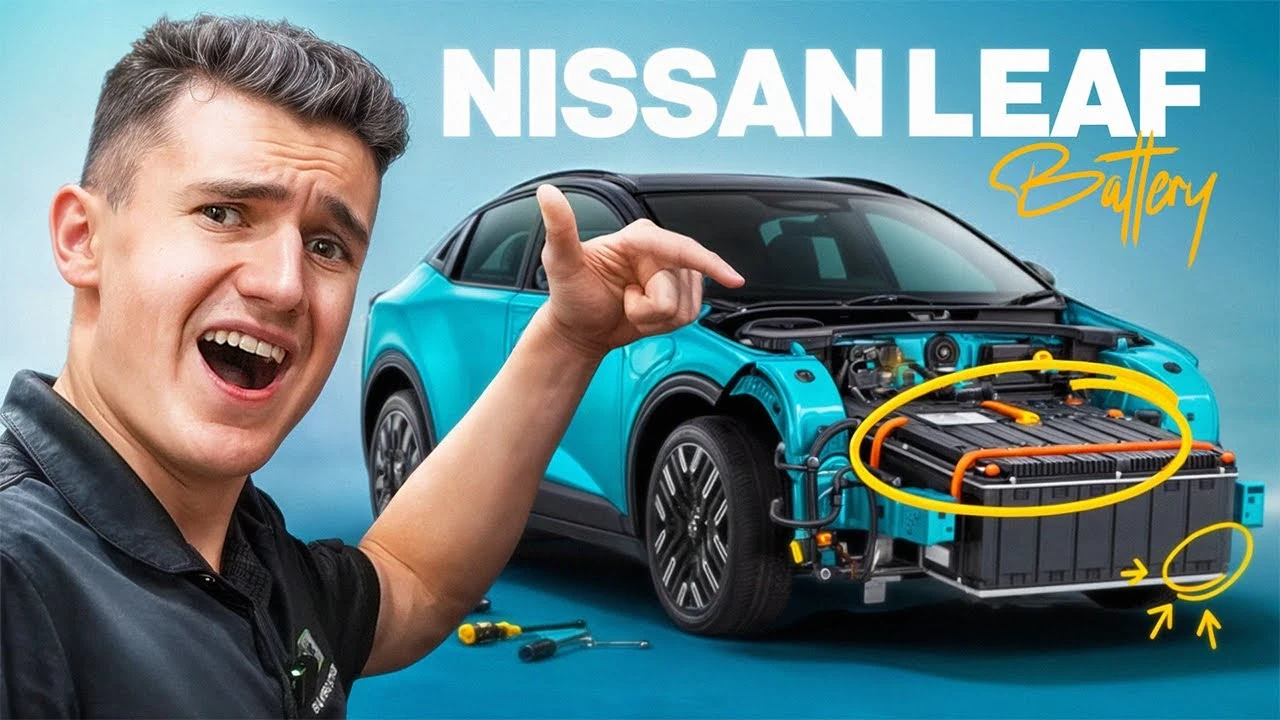General Motors (GM) has recently announced a reversal in strategy, shifting focus back to plug-in hybrids. GM’s decision marks a departure from its previous emphasis on electric vehicles (EVs) and reflects a recognition of consumer demand for plug-in hybrid vehicles like the Chevy Volt . The company aims to invest in plug-in hybrid technology to produce more affordable and accessible electric vehicles. Plug-in hybrids offer both electric and gasoline-powered driving options, potentially addressing concerns like range anxiety and infrastructure limitations associated with pure electric vehicles. GM’s strategic shift reflects efforts to meet diverse consumer preferences while advancing towards a more sustainable transportation future.
Our Opinion
A recent GM announcement has everyone hopes up about the Chevy Volt returning. While this revival is promising, it’s crucial to acknowledge that the battery architecture of the new plug-in hybrid electric vehicles (PHEVs) may undergo significant changes. One key concern is whether the new PHEVs will be able to sustain full acceleration on pure electric power, a capability that some previous PHEVs have struggled to achieve. While looking into rebuilding the batteries from scratch, we came across this patent that shines light onto why the Volt was discontinued in the first place.
A pertinent issue raised is the potential impact of battery design on performance and longevity. A pertinent issue raised is the potential impact of battery design on performance and longevity. Citing a relevant patent, it’s noted that the cooling system in earlier Volt models may have contributed to non-uniform pressure on individual battery cells, limiting the lifespan of the battery pack. Despite advancements, it remains unclear if the new cooling system outlined in a recent patent will be utilized. To quote the patent, “Due to the presence of the channels and the associated ribs on the surface of the cooling fin, the state of the art battery pack has undesirably applied a non-uniform pressure to individual battery cells, which has now been found to limit the longevity of the battery pack.”
Links to patents for both the original and proposed cooling systems provide valuable context for understanding these technological developments. The dynamic nature of battery technology suggests that GM, in collaboration with LG Chem, may have devised innovative solutions, such as new cell designs or enhanced cooling systems, to address previous limitations and enable full EV acceleration.
Original patent for the cooling plates used in the 2011-2015 Volts, a similar cooling plate was used in the later model Volt:
https://patents.google.com/
The patent for new version of the cooling plate:
https://patents.google.com/
What do you think? Tell us your thoughts in the comments below!
About GreenTec Auto
GreenTec Auto is a family owned and operated business specializing in rebuilding hybrid batteries. Originally based in the Sacramento, California area since 2009, GreenTec Auto has expanded to 25+ shops around the United States. Combined with 35 years of general automotive experience, GreenTec Auto knows your hybrid vehicle from the end to end. For more information, visit greentecauto.com.




